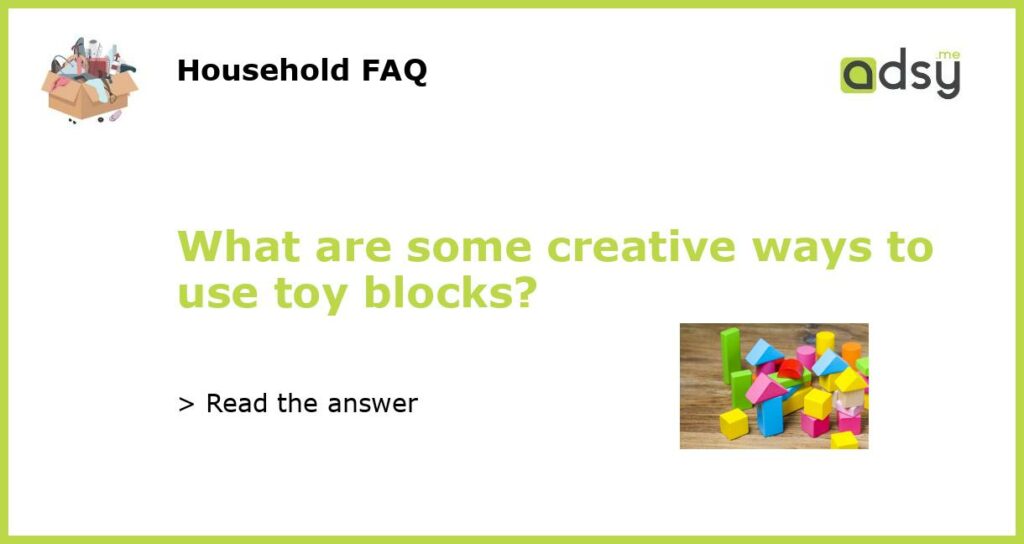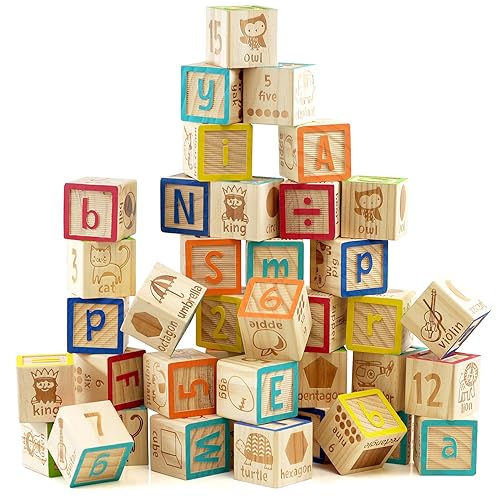Building Structures and Towers
One of the most traditional and popular ways to use toy blocks is by building various structures and towers. With toy blocks, children can unleash their creativity and imagination to construct buildings, bridges, and even entire cities. This activity not only stimulates their cognitive and problem-solving skills but also enhances their fine motor skills as they manipulate and stack the blocks.
Learning Shapes and Colors
Toy blocks can also be used as educational tools to teach children about shapes and colors. Parents and educators often incorporate these blocks into lessons to help children recognize and identify different geometric shapes, as well as understand the concept of colors. By encouraging children to sort the blocks based on their shape or color, they can develop their visual perception and cognitive abilities.
Creating Patterns and Designs
Another way to use toy blocks creatively is by creating patterns and designs. Children can arrange the blocks in various combinations to form symmetrical or abstract patterns. This activity not only promotes critical thinking and problem-solving skills but also enhances their spatial awareness and geometric understanding. Additionally, creating patterns and designs with toy blocks can boost children’s creativity and allow them to express themselves artistically.
Storytelling and Role-playing
Toy blocks provide an excellent opportunity for children to engage in storytelling and role-playing activities. By using the blocks as props, children can build settings and scenes for imaginative play. They can create their own narratives, act out different characters, and develop storylines. This type of play promotes language development, social skills, and emotional intelligence as children learn to communicate, collaborate, and empathize with others.
STEM Learning and Engineering Concepts
Toy blocks can be used to introduce children to STEM (Science, Technology, Engineering, and Mathematics) concepts at an early age. By building structures with blocks, children can learn about basic engineering principles like stability, balance, and structural integrity. Parents and educators can also extend this activity by incorporating additional materials such as ramps, pulleys, and gears to explore more complex engineering concepts. This hands-on approach to learning fosters curiosity, problem-solving skills, and a passion for STEM subjects.






